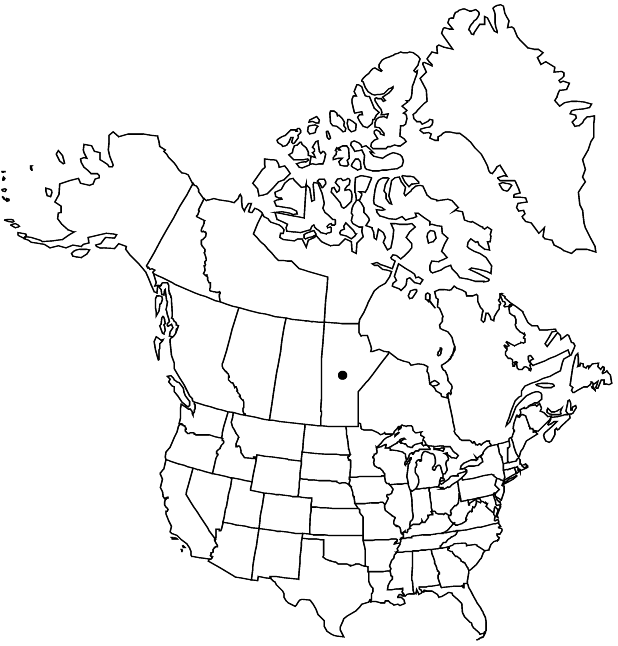Ribes diacanthum
Reise Russ. Reich. 3: 722, plate 1, fig. 2. 1776 (as diacantha),.
Plants dioecious, 0.5–2 m. Stems erect, stipitate-glandular, without nonglandular hairs; spines at nodes 2, 3–5 mm; prickles on internodes scattered. Leaves: petiole 1–2 cm, glabrous; blade ovate to obovate, 3-lobed, cleft barely 1/8 to midrib, 1.5–3.5 cm, base cuneate to rounded, surfaces glabrous abaxially, strigillose adaxially, lobes rounded, margins deeply serrate, apex obtuse. Inflorescences nodding, 10–15-flowered racemes, staminate 2–3 cm, pistillate 1–2 cm, axis glabrous, glandular, flowers evenly spaced. Pedicels jointed, 2–4 mm, pubescent and stipitate-glandular; bracts lanceolate to ligulate, 4–6 mm, glabrous. Flowers unisexual; hypanthium yellowish green, rotate, 1–1.5 mm, glabrous; sepals not overlapping, erect, greenish, ovate, 1.5–2 mm; petals widely separated, erect, greenish yellow, cuneate-orbiculate, not conspicuously revolute or inrolled, 0.5–1 mm; nectary disc not seen; stamens nearly as long as petals; filaments linear, 0.2–0.5 mm, glabrous; anthers cream, dumbbell-shaped, 0.2 mm, apex with depressed callus, (pollen absent in pistillate flowers); ovary (absent in staminate flowers) glabrous; styles connate almost to stigmas, 0.5 mm, glabrous. Berries palatable, red, globose to globose-ovoid, 5–10 mm, glabrous.
Phenology: Flowering May–Jun.
Habitat: Disturbed areas
Elevation: 400-500 m
Discussion
Ribes diacanthum was first seen as apparently naturalized in 1947 in oak woods on bluffs near the Experimental Farm, Brandon, Manitoba; collections were made in 1956 and 1959 and deposited in DAO and the Experimental Farm herbarium (G. A. Stevenson 1965). Its current status in Manitoba is not known.
Selected References
None.
